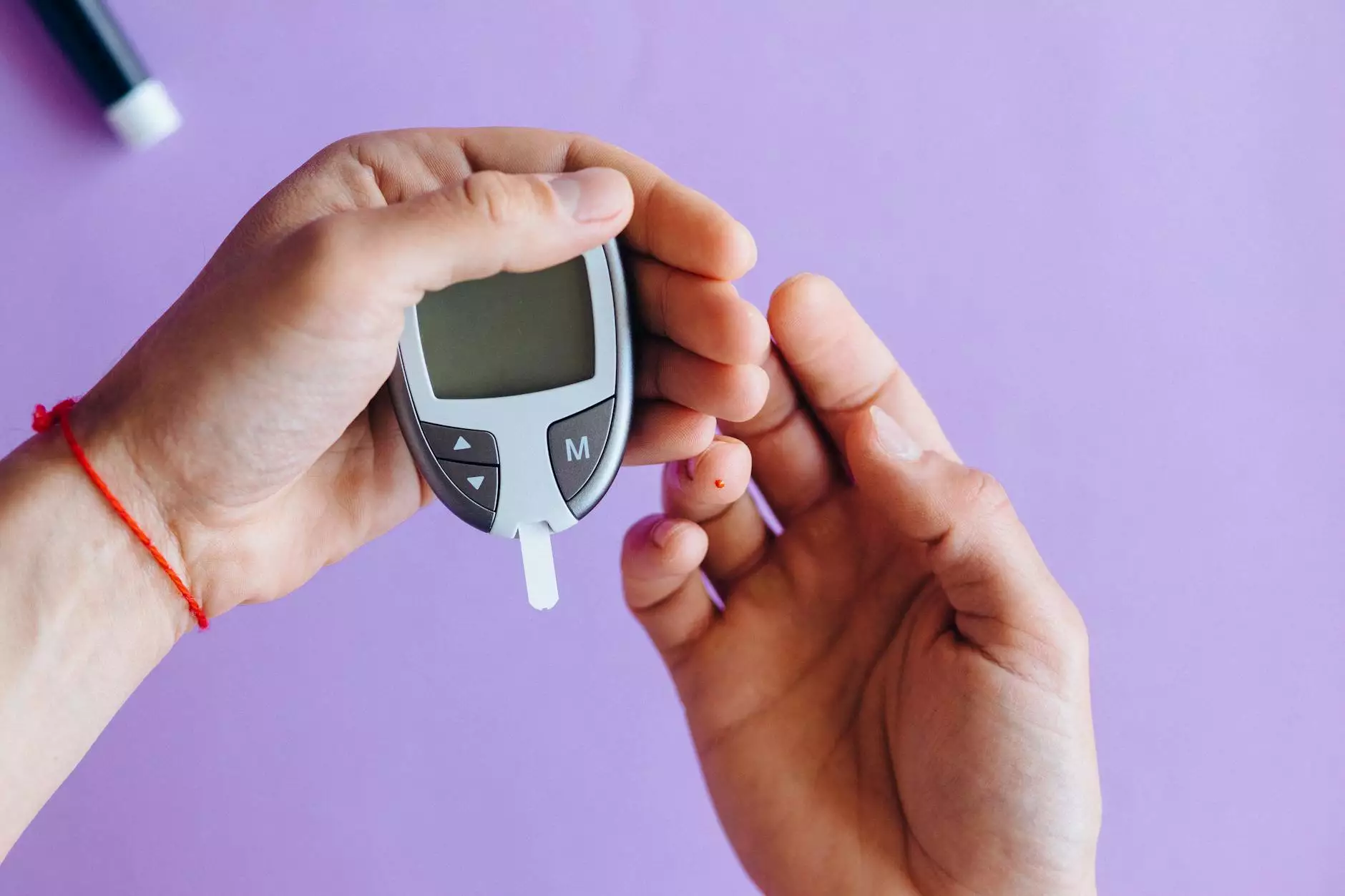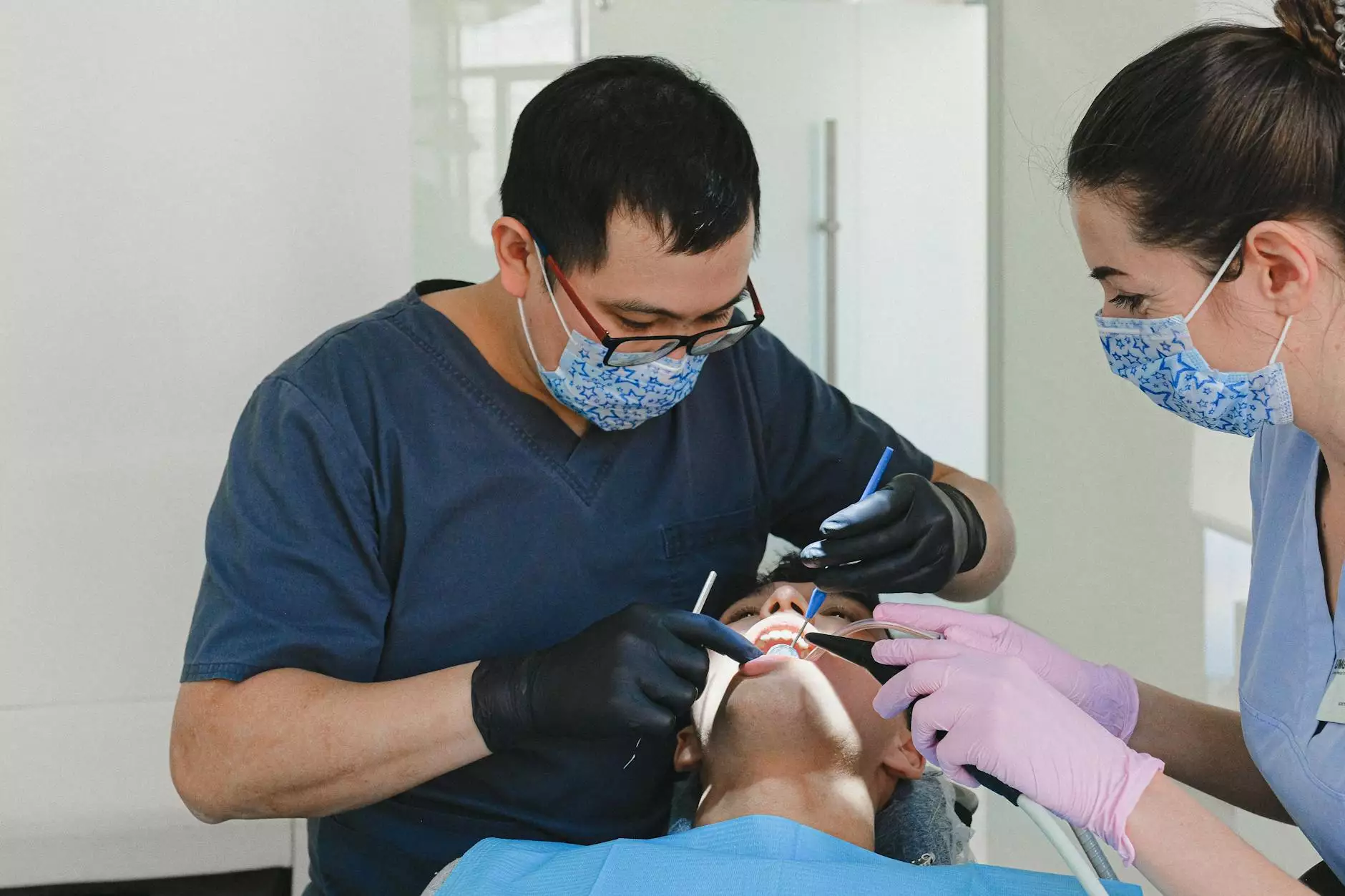Understanding Phlebitis and Thrombophlebitis

Welcome to Vein Center of Arizona's comprehensive guide on phlebitis and thrombophlebitis, two common vascular medical conditions. Our experienced doctors specialize in vascular medicine and are dedicated to providing exceptional care to our patients.
What is Phlebitis?
Phlebitis refers to the inflammation of a vein, most commonly occurring in the legs. It can be caused by various factors, including prolonged immobility, injury, or an underlying health condition. The condition typically manifests with pain, redness, swelling, and warmth around the affected area. If left untreated, it may lead to the formation of blood clots.
Understanding Thrombophlebitis
Thrombophlebitis is a condition where a blood clot forms within a vein, causing inflammation and subsequent pain. Similar to phlebitis, it commonly affects the legs and can be associated with risk factors such as obesity, smoking, pregnancy, hormone therapy, or medical procedures that involve the placement of a catheter. Prompt diagnosis and treatment are crucial to prevent complications.
Diagnosing Phlebitis and Thrombophlebitis
When experiencing symptoms of phlebitis or thrombophlebitis, it is essential to consult a qualified doctor in vascular medicine. At Vein Center of Arizona, our specialized doctors utilize advanced diagnostic techniques to evaluate the condition. This may involve physical examination, reviewing medical history, and performing imaging tests such as ultrasounds to identify the precise location and severity of the inflammation or blood clot.
Treatment Options
Treatment approaches for phlebitis and thrombophlebitis aim to alleviate symptoms, reduce inflammation, and prevent complications. Our doctors at Vein Center of Arizona offer personalized treatment plans tailored to each patient's unique needs. These may include:
- Compression Therapy: The use of specially designed stockings or bandages to promote blood flow and reduce swelling.
- Medication: Anti-inflammatory drugs or blood thinners may be prescribed to alleviate symptoms and prevent blood clot formation.
- Elevation and Exercise: Simple lifestyle modifications such as raising the affected leg and regular physical activity can help improve circulation.
- Minimally Invasive Procedures: In severe cases, our doctors may recommend procedures such as endovenous laser treatment (EVLT) or sclerotherapy to remove or seal off the affected veins.
Preventing Phlebitis and Thrombophlebitis
While some risk factors for phlebitis and thrombophlebitis are unavoidable, there are steps you can take to reduce the likelihood of developing these conditions:
- Maintain a Healthy Weight: Obesity can increase the risk of vascular problems.
- Avoid Prolonged Immobility: Regular movement and exercises that promote blood flow can be beneficial.
- Quit Smoking: Smoking damages blood vessels and increases the chances of developing blood clots.
- Stay Hydrated: Sufficient hydration helps maintain healthy blood circulation.
- Follow Medical Advice: If you have an underlying health condition, such as diabetes or high blood pressure, it is crucial to manage it effectively with guidance from your doctor.
- Wear Compression Stockings: Particularly during long periods of travel or in situations that require prolonged sitting or standing.
Trust in Vein Center of Arizona's Expertise
At Vein Center of Arizona, our highly skilled doctors specializing in vascular medicine are committed to delivering the best possible care to our patients. With our state-of-the-art techniques and personalized treatment plans, we strive to improve your quality of life and alleviate the symptoms associated with phlebitis and thrombophlebitis.
If you are experiencing symptoms or have concerns about your vascular health, we invite you to schedule a consultation with one of our doctors today. Don't let phlebitis or thrombophlebitis hold you back from enjoying life to the fullest. Trust the experts at Vein Center of Arizona to provide the care you deserve.









